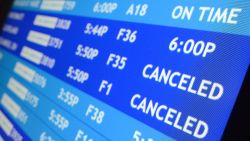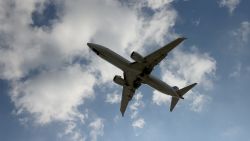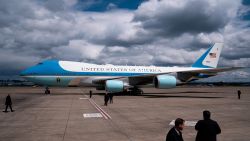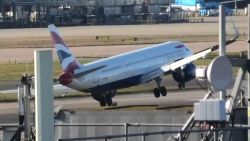This past week reminded the world that grounding an entire type of airliner because of safety concerns is a big deal – and it happens very rarely.
In this case, two deadly crashes of Boeing 737 Max 8s within five months raised enough concern by aviation regulators worldwide to ground the plane until investigators can figure out if the crashes are directly linked.
It won’t be possible to establish a definitive link until the investigation of the March 10 crash of Ethiopian Airlines Flight 302 in Addis Ababa is complete. Information from the flight data recorder and cockpit voice recorder is now in Paris for analysis.
When regulators take an entire type of plane out of service, it can have a huge economic impact on the maker of the aircraft and on airlines that that fly it.
Here’s a brief list of major airplane groundings over the past eight decades.
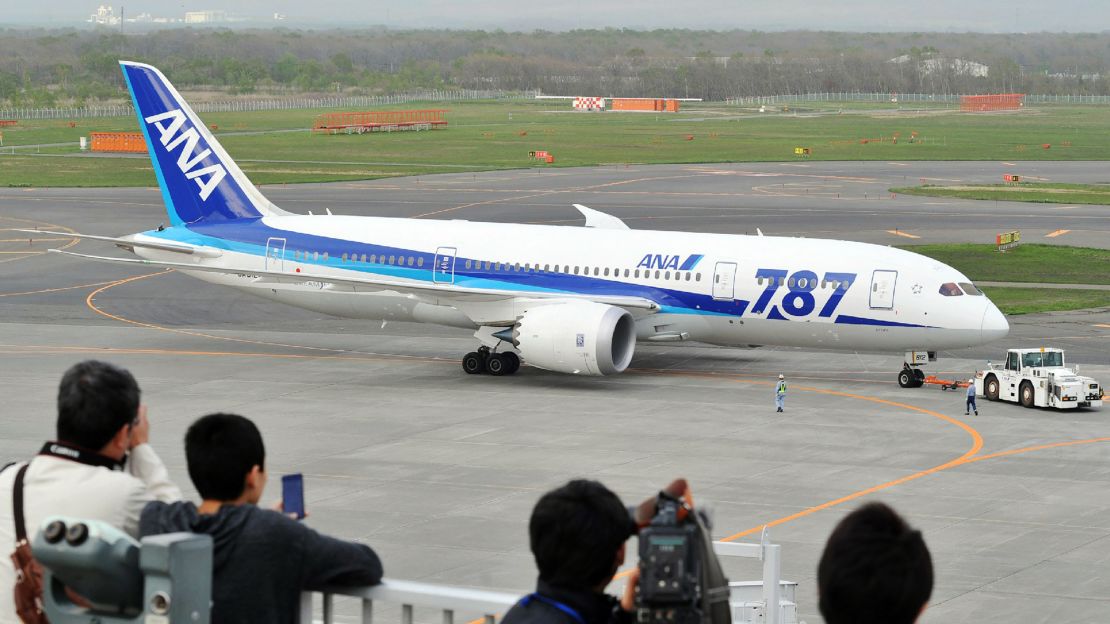
2013: Boeing 787 Dreamliner
Two years after Boeing’s sophisticated, super-efficient widebody twin-engine jet went into service, a battery fire forced an All Nippon Airways 787 flight in Japan to divert to a nearby airport and evacuate all passengers and crew. Days later in Boston, smoke appeared from the battery compartment of an unoccupied, parked Japan Airlnes Dreamliner. These incidents led the FAA to ground all Dreamliners nationwide, as did aviation officials in the rest of the world.
After an investigation, a Boeing battery redesign allowed Dreamliners to return to service about three months later.

1979: McDonnell Douglas DC-10
An investigation into the crash of American Airlines Flight 191 in Chicago, which left 273 people dead, led to the grounding of all of all DC-10s. Investigators were concerned about the entire fleet of DC-10s because Flight 191’s left engine had separated from a wing during takeoff.
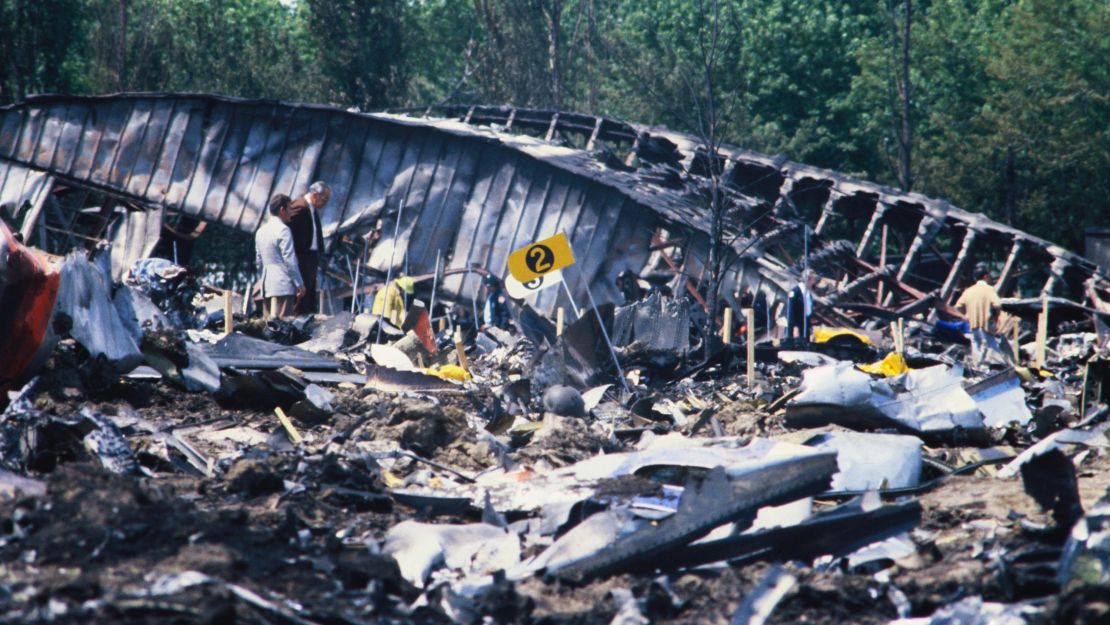
Eventually investigators blamed the crash on maintenance that damaged the structure that holds the engine to the wing. The planes re-entered service 37 days after they were grounded.
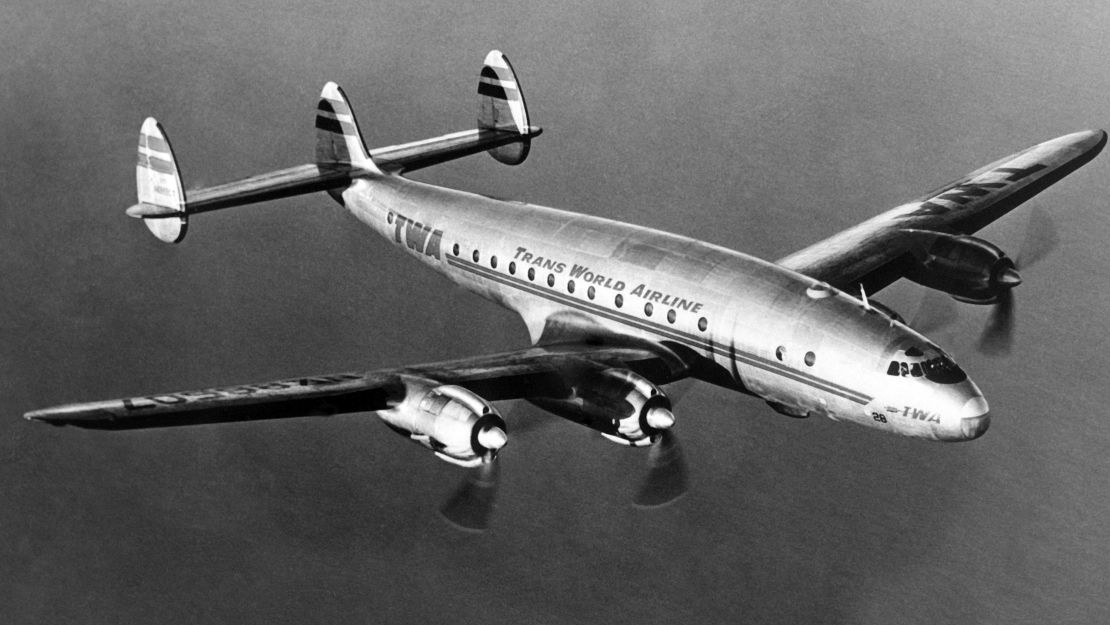
1946: Lockheed L-049 Constellation
The crash of a TWA Constellation near Reading, Pennsylvania, which killed four people, followed several engine fire accidents in the same type of plane. Federal aviation regulators grounded all 58 L-049s that were in service at the time and ordered changes to their electrical systems and engines. The grounding lasted about six weeks before the planes returned to service.
1931: Fokker F-10A
The crash of a TWA F-10A in Bazaar, Kansas, made big headlines in 1931 because one of its eight victims was famed Notre Dame football coach Knute Rockne. Investigators said the crash was caused by defective wing construction, prompting regulators to ground all F-10As. Most of these planes returned to service, according to the FAA. But “the loss of public confidence and the cost of inspections ordered by regulators” eventually prompted airlines to stop flying them for business reasons.



